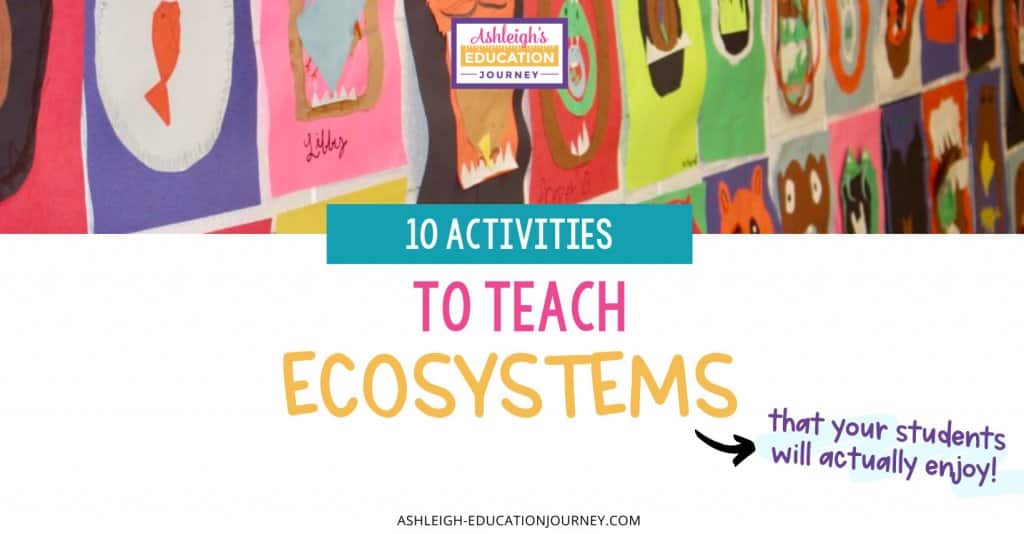
Students love this ecosystems project and activity! Science should be engaging and exciting for students, and they should leave a science lesson feeling curious and intrigued, not bored. This ecosystems project hits the mark! In this post I’ve shared ten of my favorite ways of teaching ecosystems, which are all centered around engaging and creative lessons.
In this post:
- Nonfiction Text for Teaching Ecosystems
- Study Jams
- Ecosystem Accordion Books
- Teaching Ecosystems with Food Chains
- Food Web
- Food Chain Collage
- Changes to Ecosystems Jigsaw
- Teaching Ecosystems with Science Stations
- Biome Posters
- Build an Ecosystem
Nonfiction Text for Teaching Ecosystems
Research is an important part of any ecosystem project and lets you incorporate informational reading and science. The books below are a few of my favorites for this ecosystem project. We use the books with interactive anchor charts like the one shown below where students write examples of producers, consumers, decomposers, herbivores, and carnivores on sticky notes and place the sticky note on the correct section of the anchor chart. I like to have different groups of students use different book, so that students are including animals from many different ecosystems.


Study Jams
Study Jams is such a great online resource! I show videos for my mini lesson all of the time, and they’re perfect for my standards! They are also short enough and interesting enough to keep my students’ attention. There are little quizzes students can take or individually as a class, and best of all-it’s free! This engaging content is great for any ecosystems project!
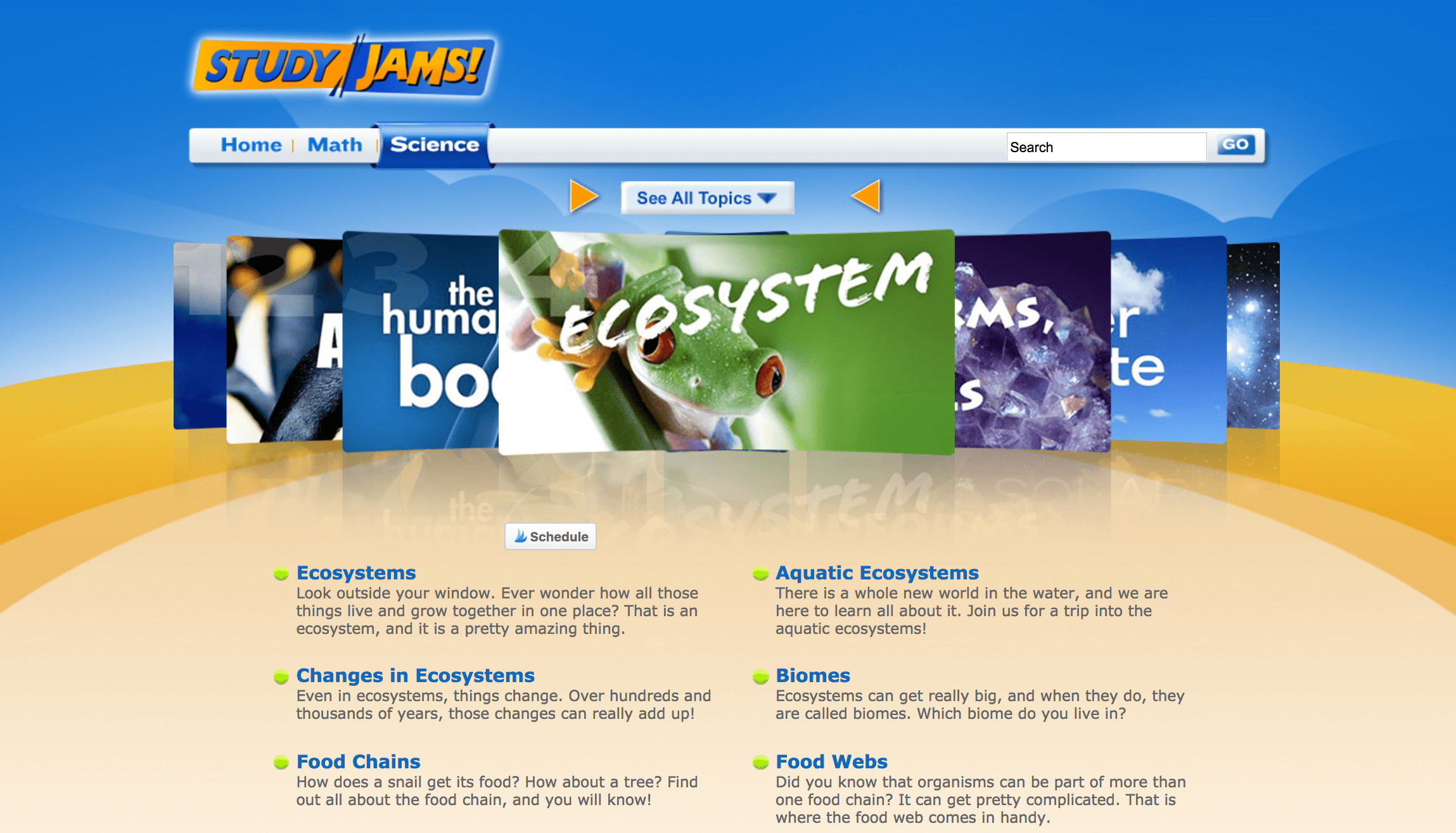
Ecosystems Project – Accordion Books
Once my students have a good general understanding of ecosystems, they create simple ecosystem books. While this isn’t a major ecosytems project, students enjoy this activity. Students fold a half sheet of construction paper into fourths. I like to cut large 12×18 construction paper in half, so students have a 6×18 sheet of paper. Then, students label each section with a different term for ecosystems and draw a picture of an example of each term on the booklet.
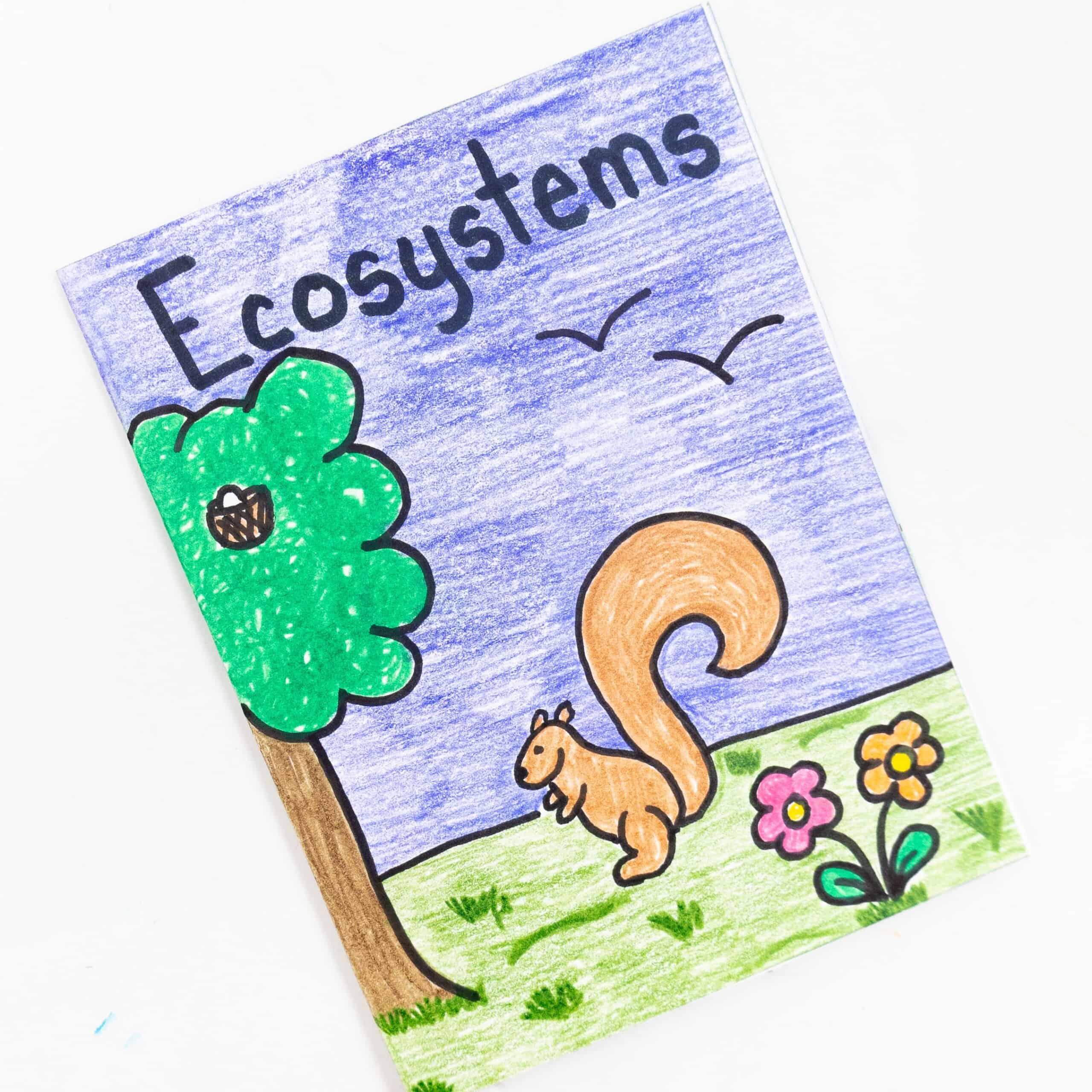

Teaching Ecosystems with Food Chains
A crafty part of the ecosystem project is when students create their own food chain. I provide students with a copy of the sun and five circles. Students draw a picture of a producer, something that gets their energy from the producer, and so on until all five circles include some plant or animal on the food chain. I like to start with food chains before I teach food webs, since these are much more basic for students.
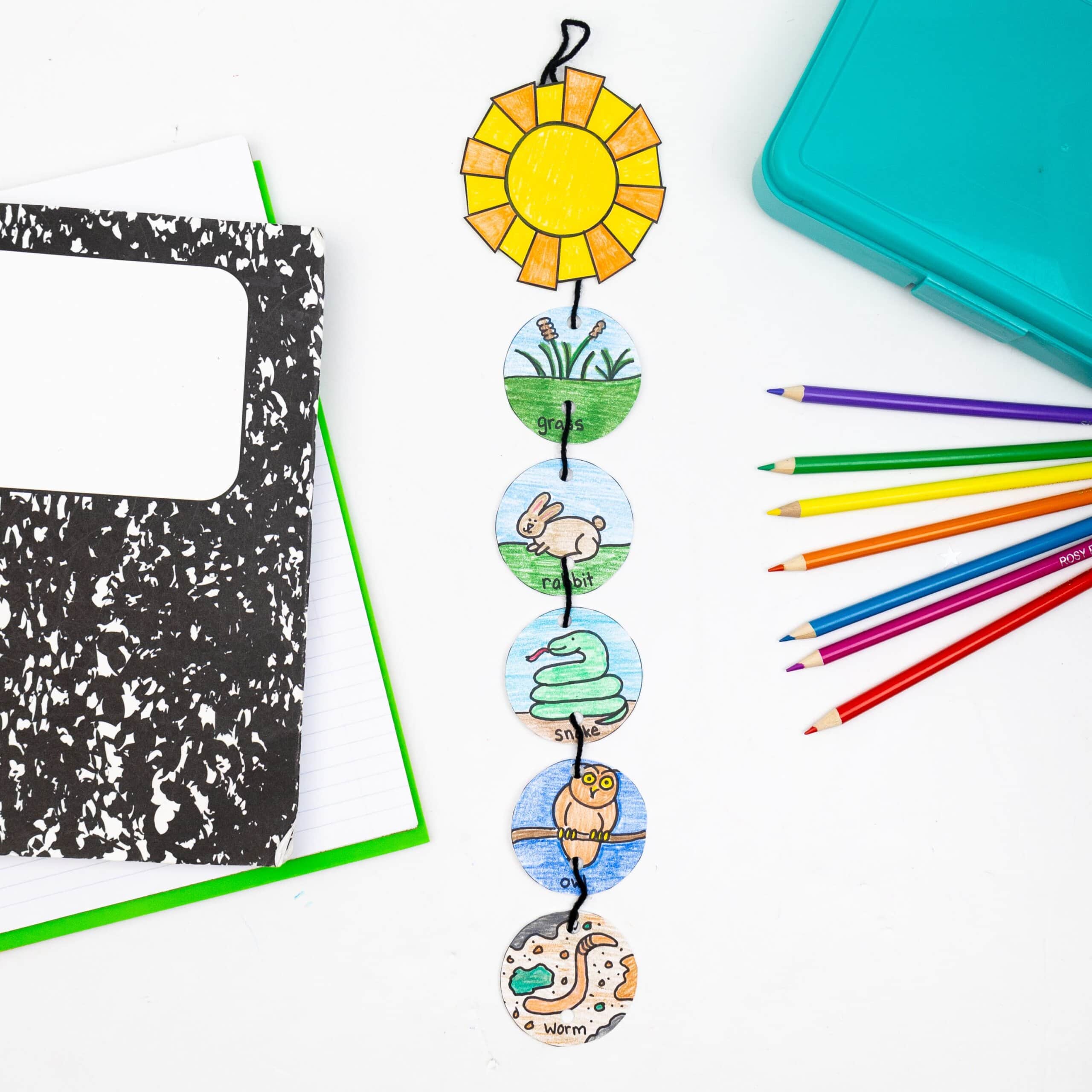
Food Web
I would LOVE to share some pictures of this ecosystems project, but I don’t like to post pictures with students, so I’ll just have to promise that this is an awesome activity for teaching ecosystems!
Give each student a card like the cards below and have everyone stand in a large circle. The student who has the card should stand in the middle of the circle with a ball of yard. Ask the student representing the sun to hold the end of the yarn tightly and toss the ball to someone who can use that energy (a green plant). When a student representing the green plant catches the ball of yarn, he or she should hold a piece of the yarn and throw the ball to someone else who could use the energy. After the yarn reaches a top level carnivore, cut it off to represent one food chain. Return the yarn to the sun to start another chain. Continue making chains until every student holds at least one strand of yarn. This is a great way to illustrate the difference between a food chain and a food web.
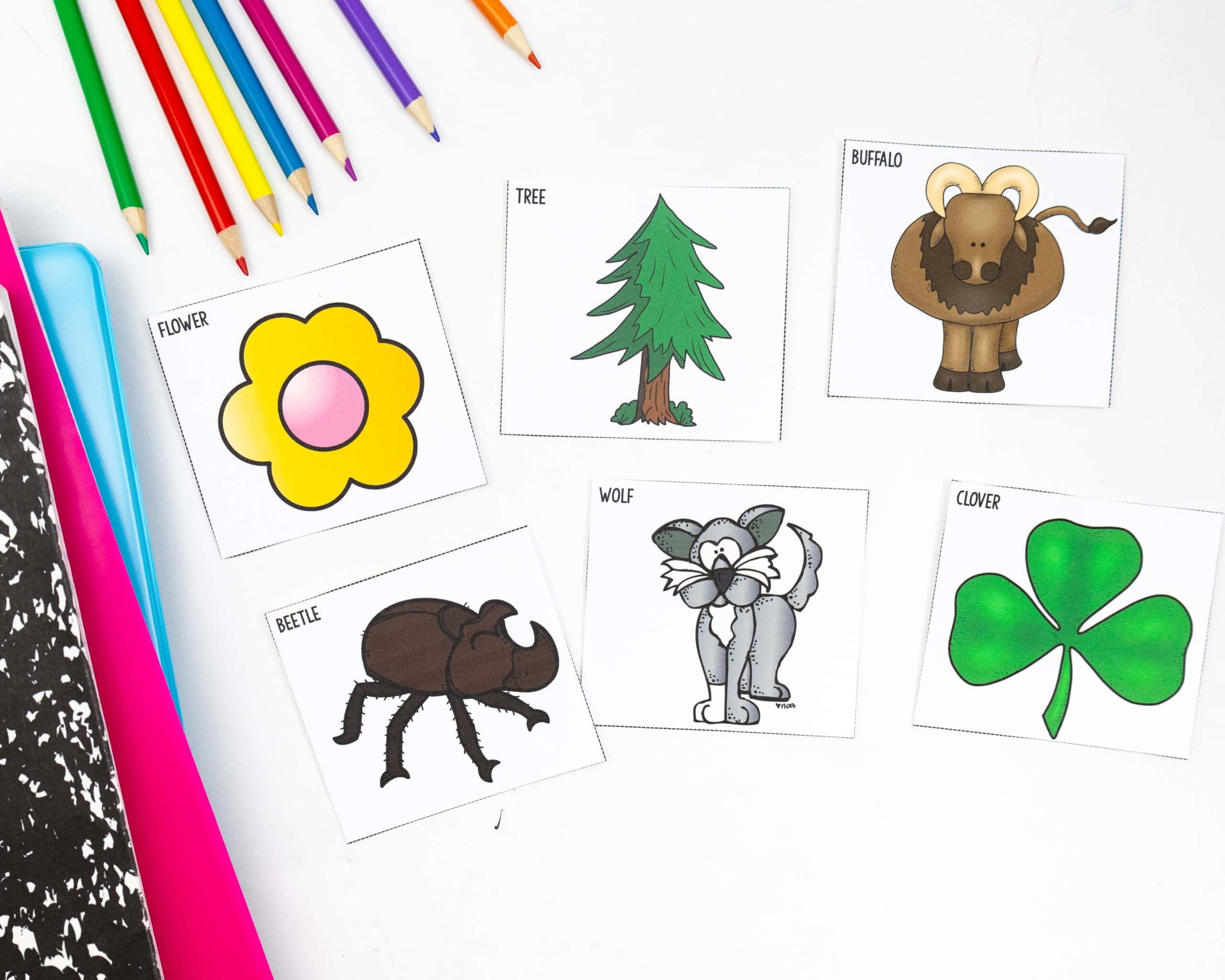
Food Chain Collage
I use crafts very sparingly, but I absolutely could not resist these food chain collages when I was teaching ecosystems. It was so tempting to premake some templates for my students to use so everything could be nice and neat, but I wanted to give ownership to my students and to allow them to select any series of animals in a food chain. This is always a favorite ecosystem project!
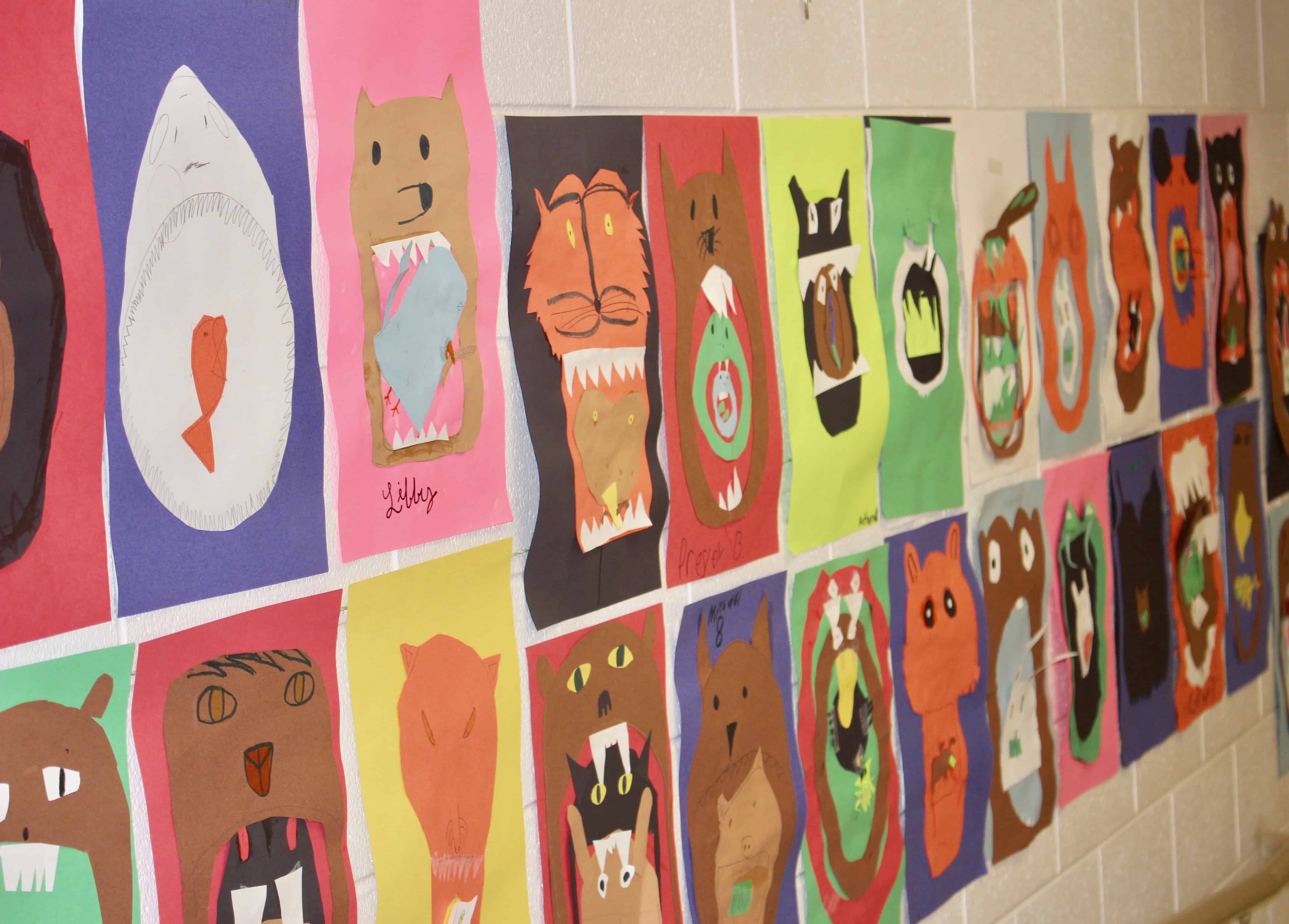
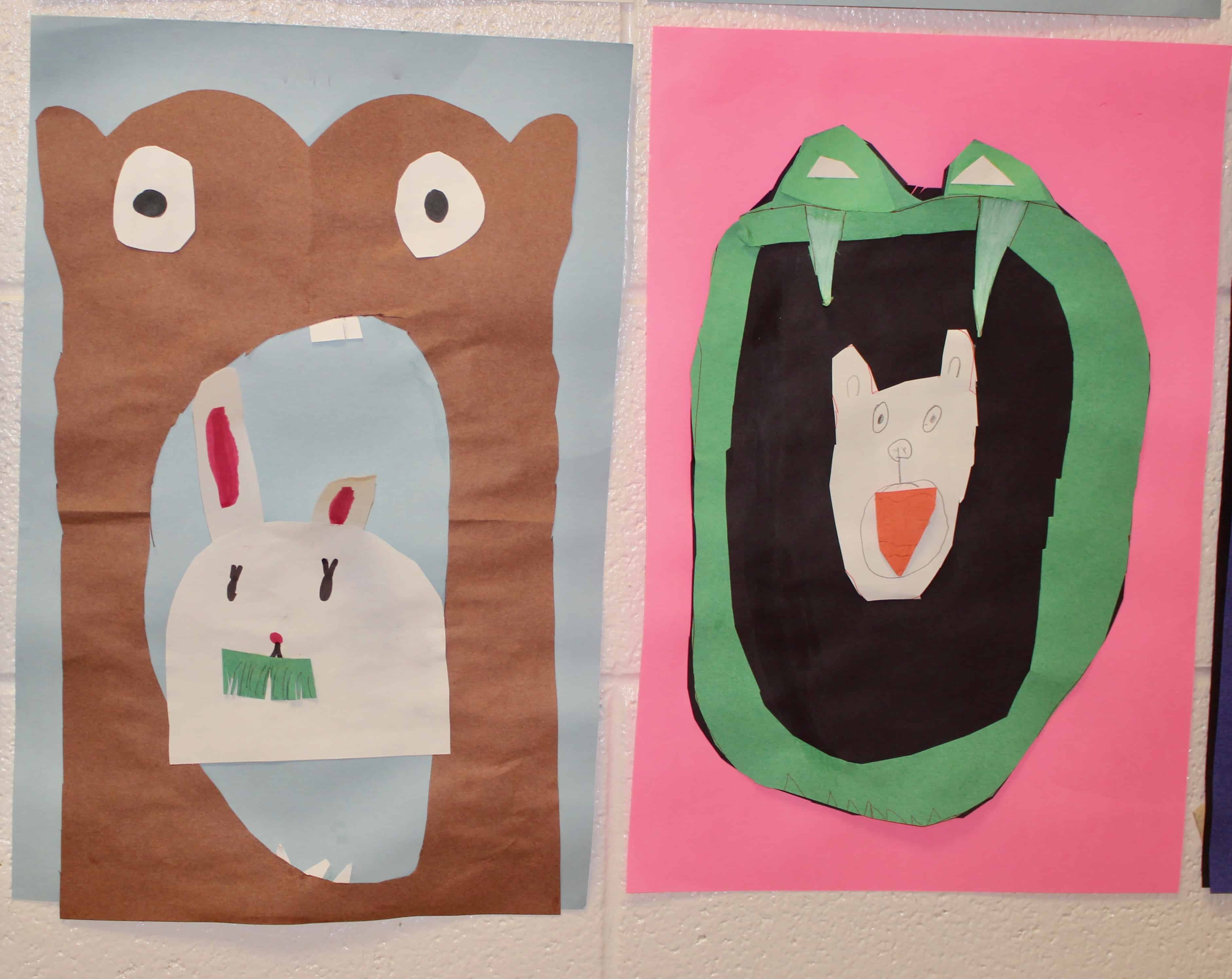
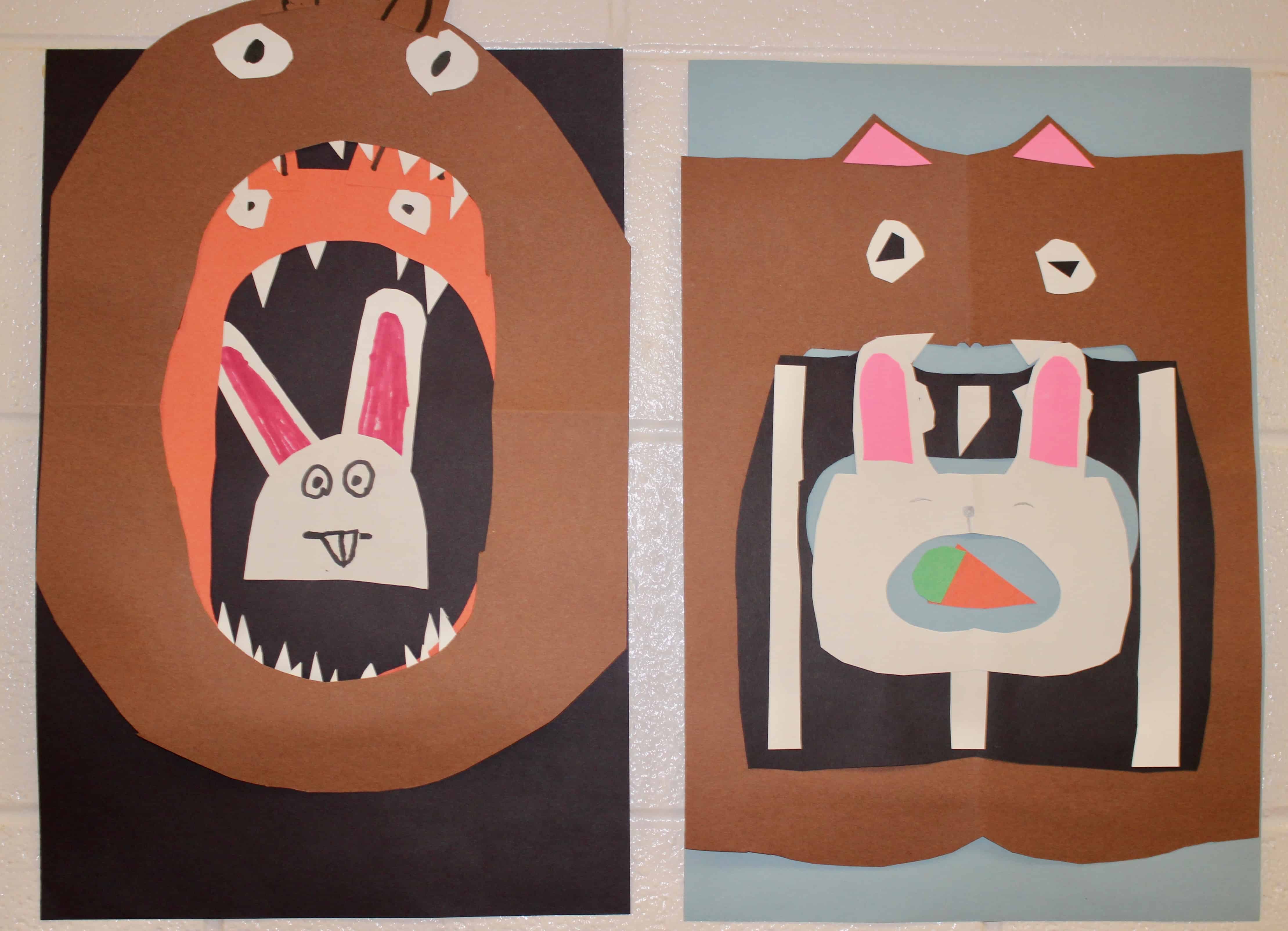
I did include a recording sheet that you can use to help students plan their project.
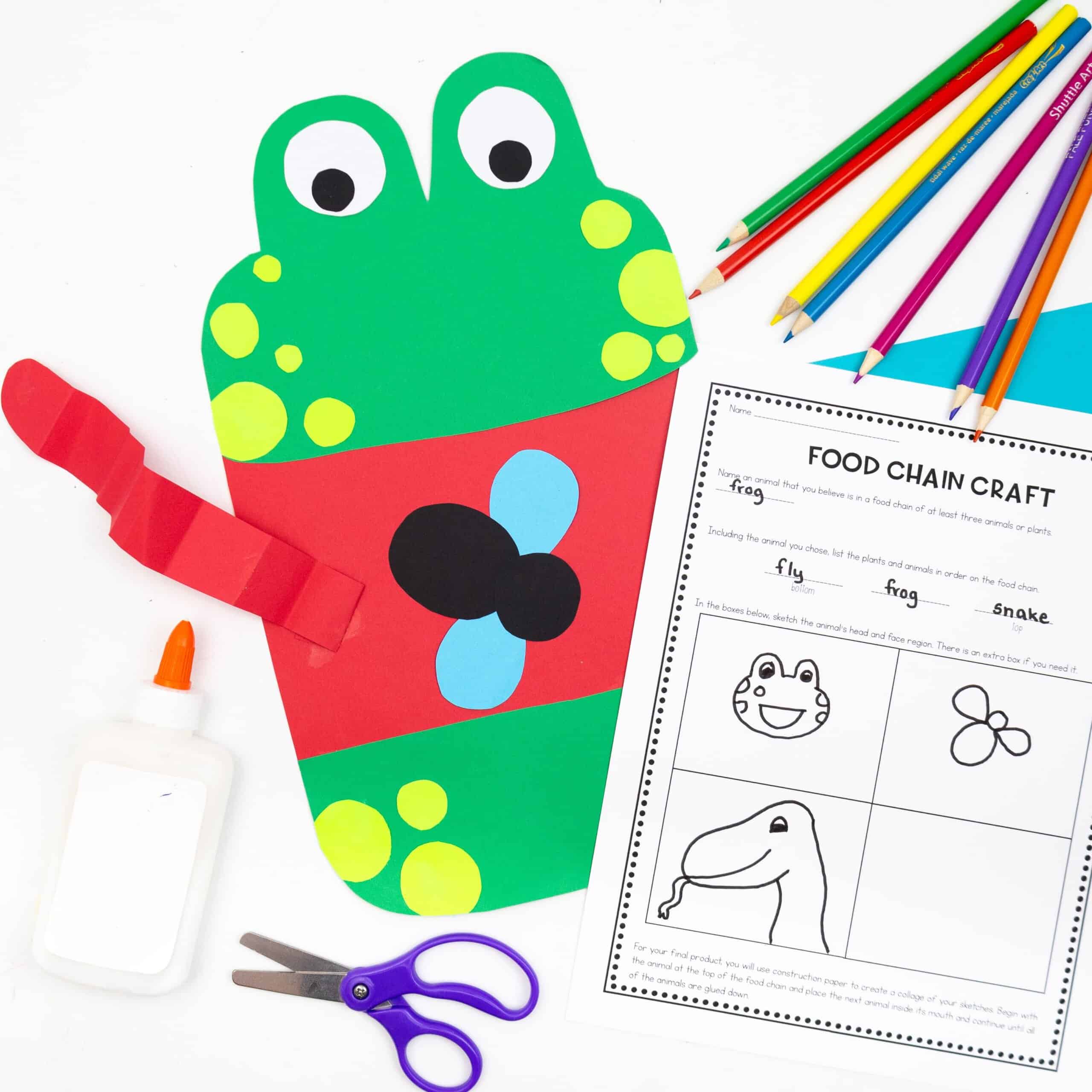
Ecosystems Project – Changes to Ecosystems Jigsaw
I haven’t had a lot of success with jigsaw activities in the past, so I was a bit hesitant to try it again, but I couldn’t keep ignoring the research. In this jigsaw, activity was related to changes to ecosystems. Each group had five members, and then I split the five groups up into expert groups. My expert groups were: wildfire, logging, drought, pollution, and floods. My expert groups spent a few days researching and working on their presentations. Then they met back together with their original group to teach the group about what they learned. The surprising benefit to this was that a couple of my students who weren’t giving me good effort REALLY felt the need to step it up on the day they were to present. Most students chose to either make an anchor chart or a slide show for their presentation.
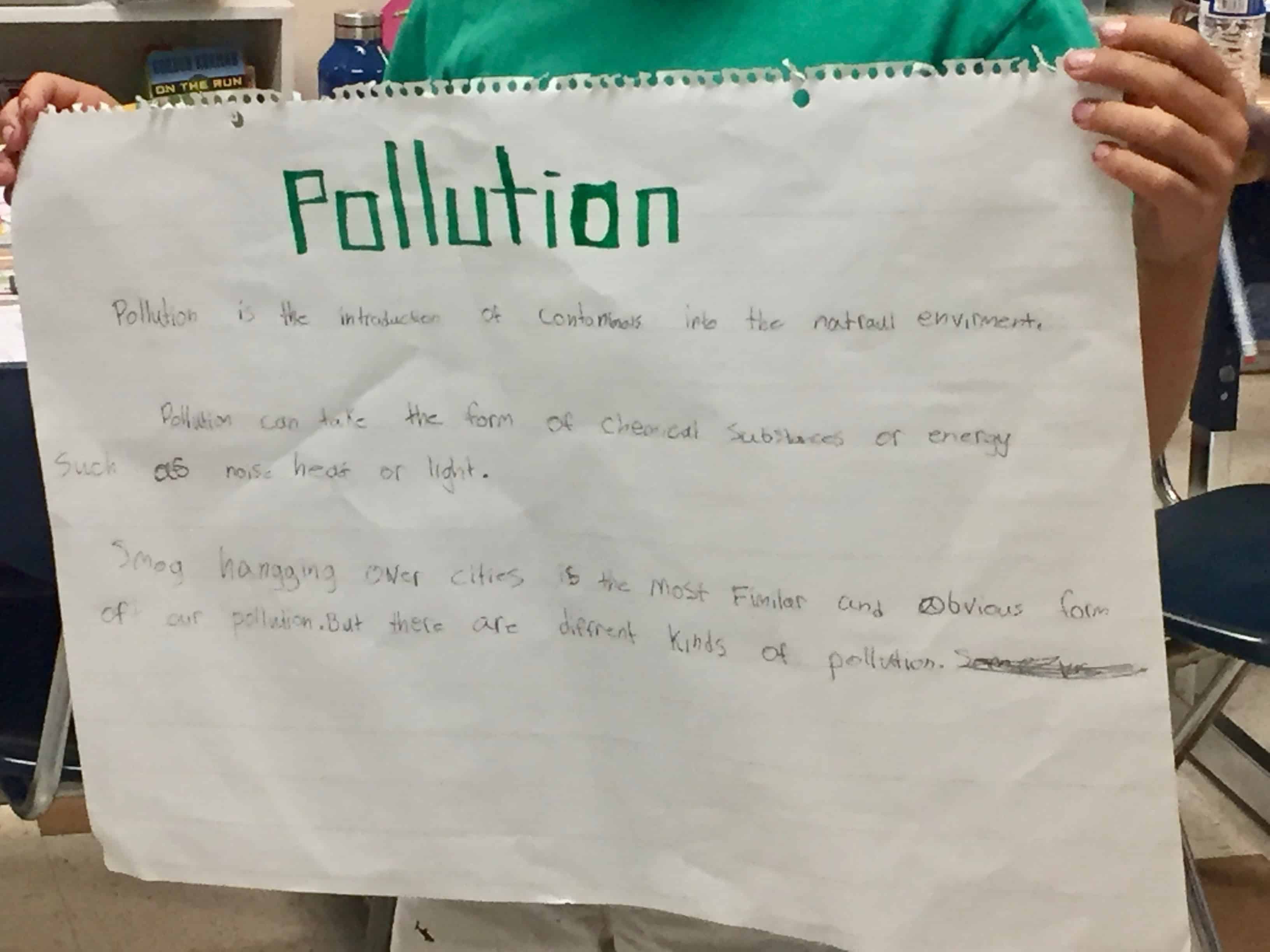
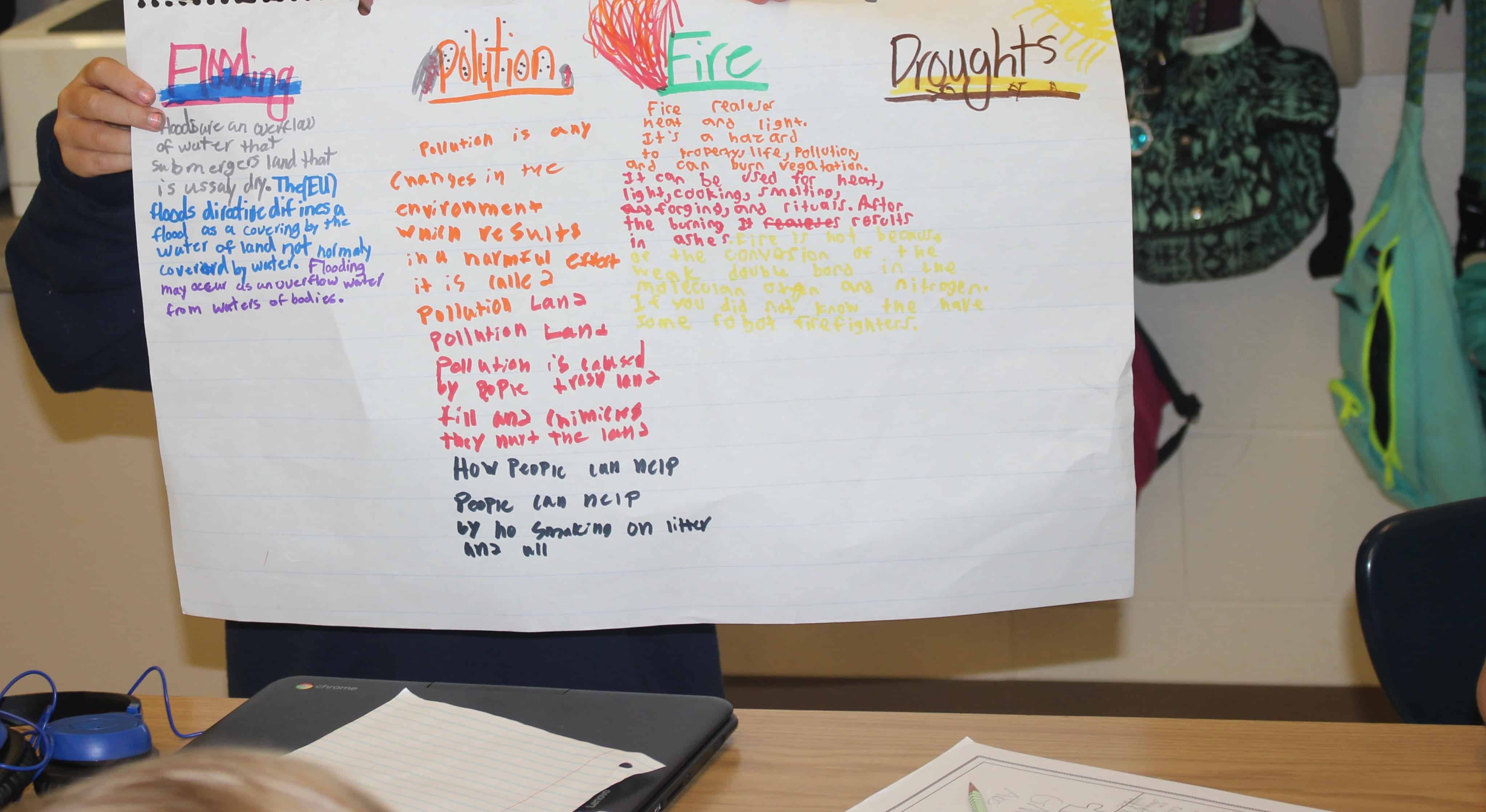
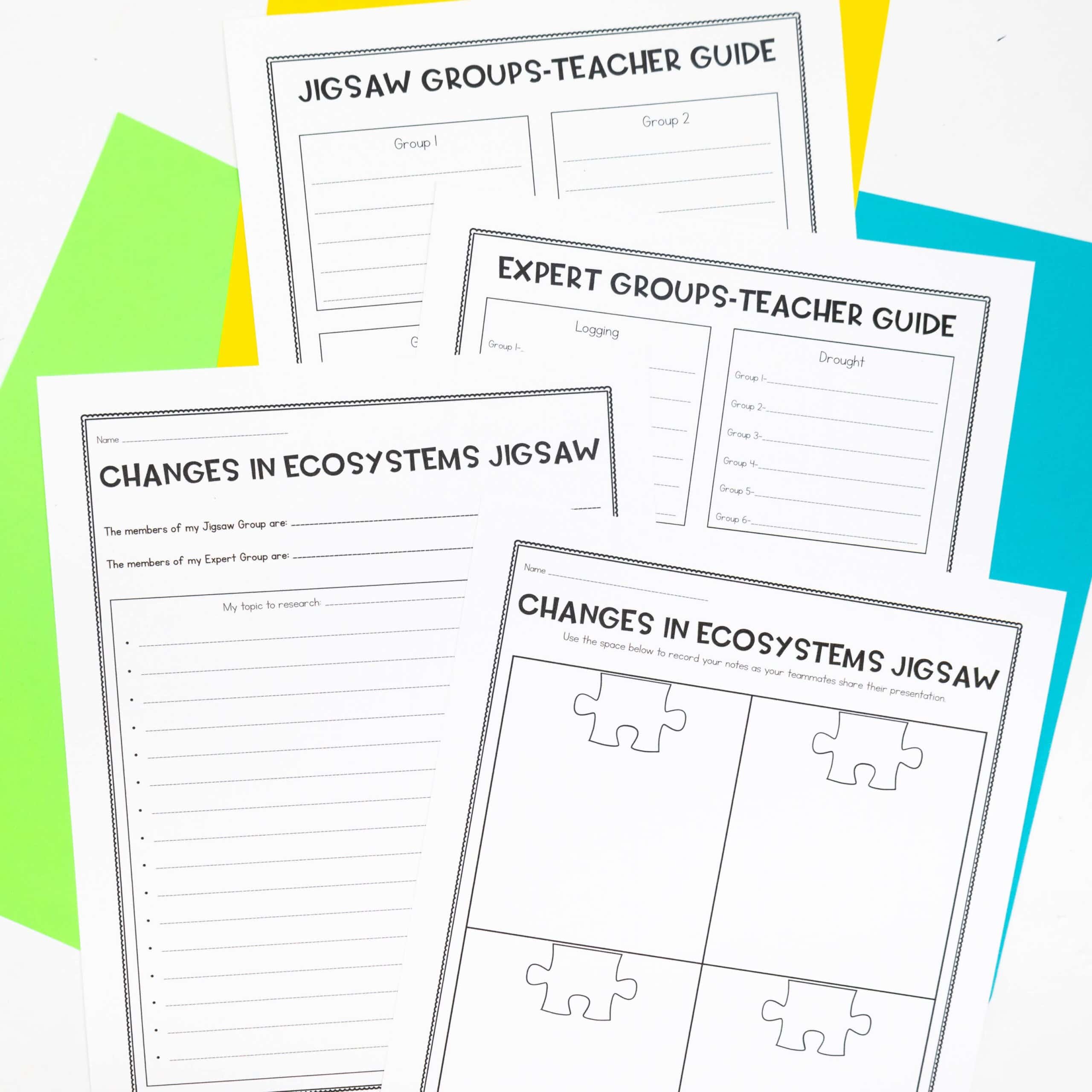
Teaching Ecosystems with Science Stations
I love The Science Penguin’s Ecosystem Stations. I keep each station activity in a file folder. If the station requires cards, I keep the cards in sandwich bags in the folder. I love this resource, and I typically give students about three days to finish the booklet recording sheet.
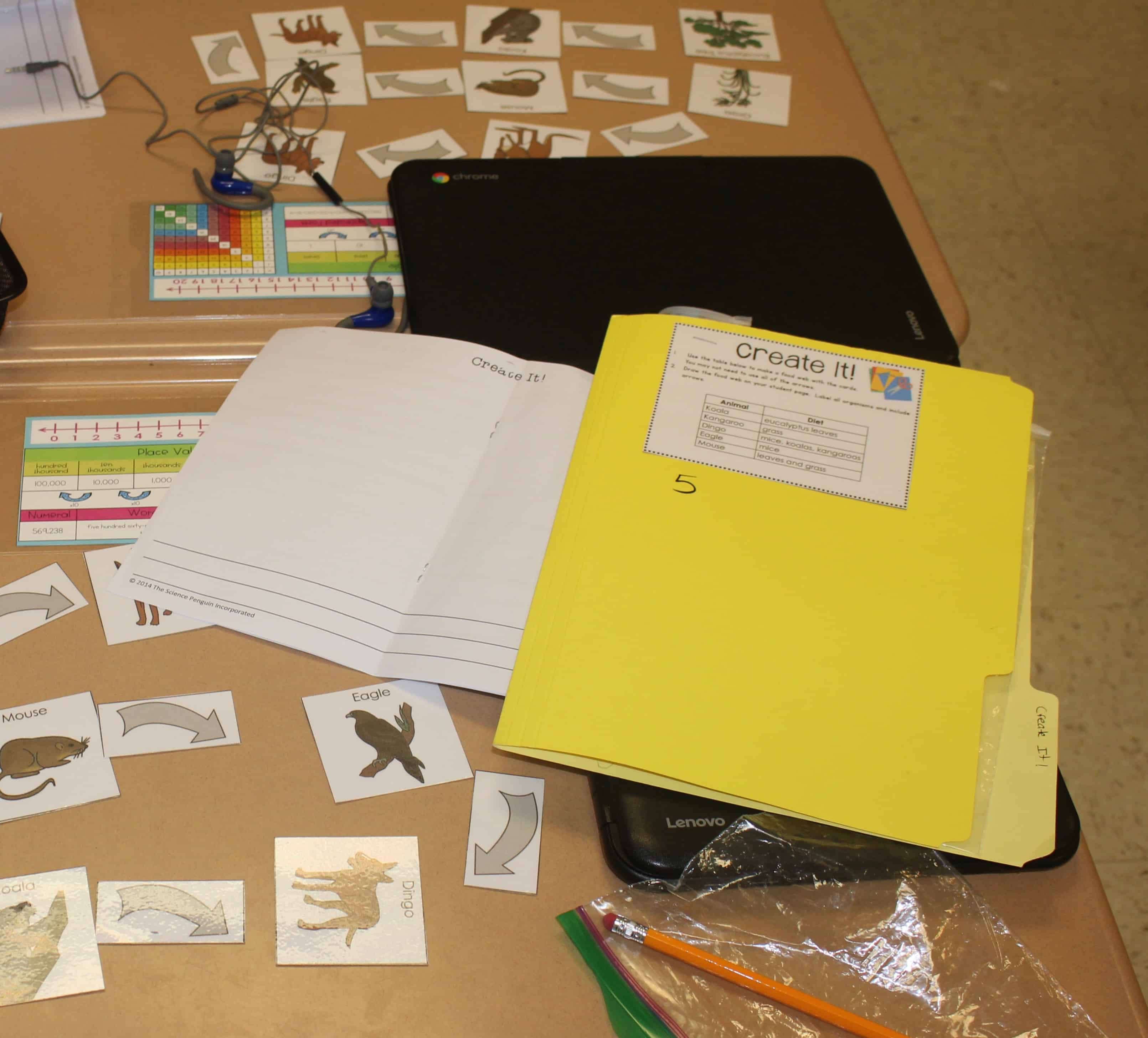
Ecosystems Project – Biome Posters
Biomes are not technically in my science standards, but they lend themselves perfect to a ecosystem project or unit. An added benefit is that science is the one subject I don’t feel rushed to teach, so I have time for projects like this. I assign each student a biome: taiga, tundra, deciduous forest, tropical rainforest, desert, and grassland. Before beginning the poster, students will need to research their biome through books, videos, magazines, or online resources. Have students work individually or with a partner to create a biome poster on their assigned biome. The posters should include: attractive title and illustrations, biotic factors, abiotic factors, affects, and fun facts. The posters should be clear and easy to read, because students will participate in a study carousel to learn about the different biomes.
Once all posters are finished, display them in the hallway or classroom. All students should then learn about each biome studied through the various posters. Give students a note taking sheet and have students take notes as they observe the different posters. As an optional extension, have students write feedback on sticky notes and place the feedback on the appropriate poster.
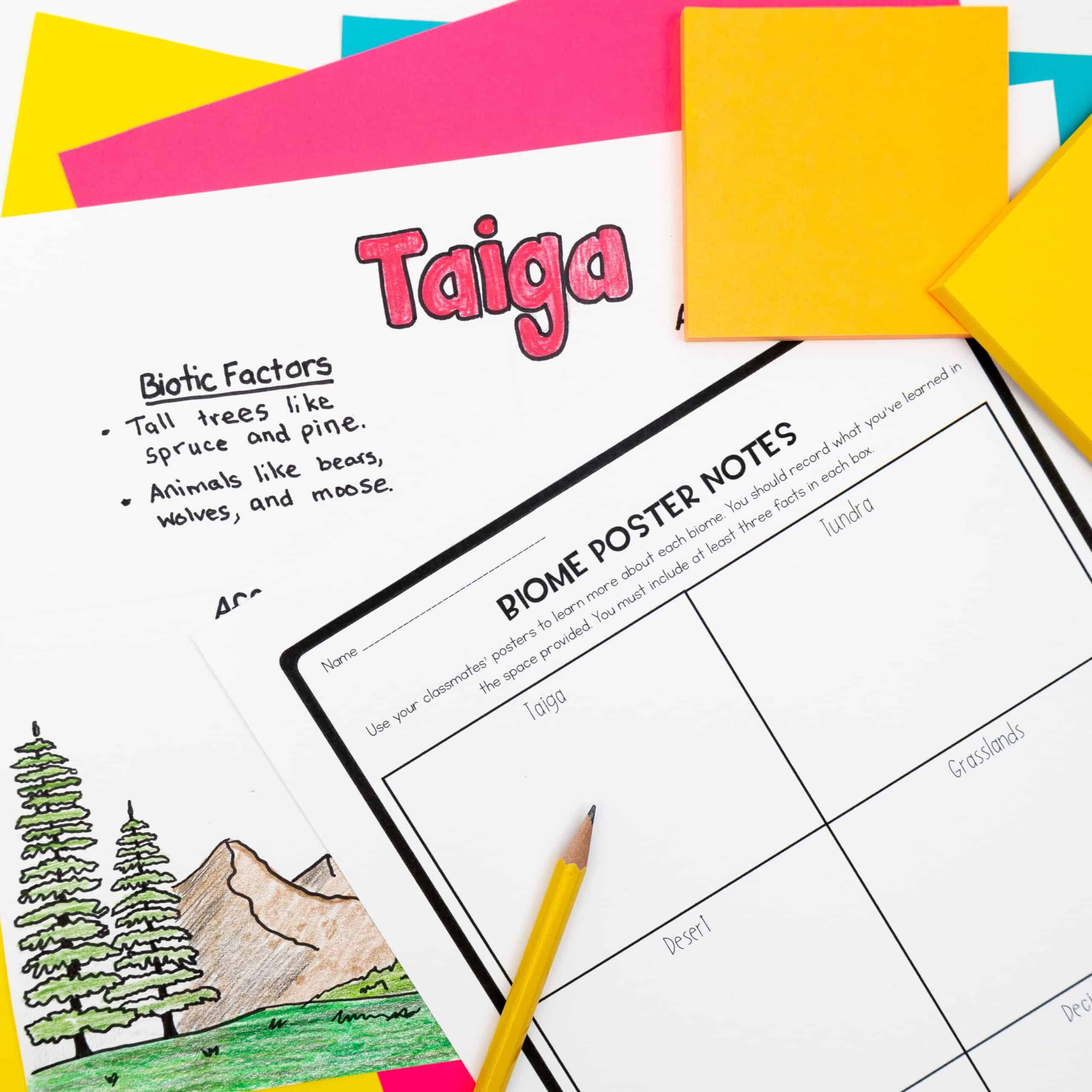
All of the lessons for this ecosystems project (except the science stations) are included in my Ecosystem Unit. The unit includes lesson plans, pictures, and all needed printables.
However, even if you don’t use the unit, I hope some of these ideas can help you in teaching ecosystems! You can also read a post that breaks down teaching social studies and science into systematic steps here.

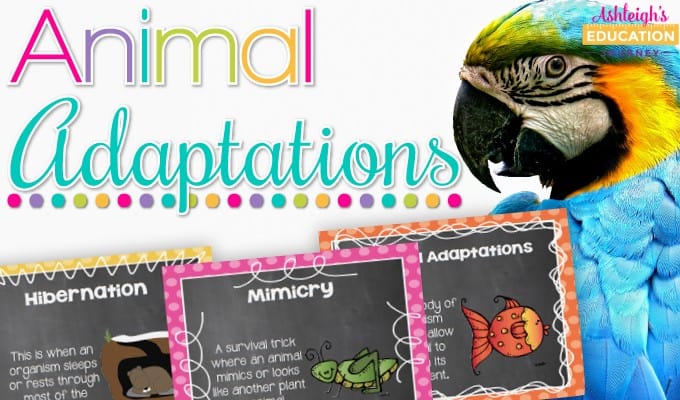
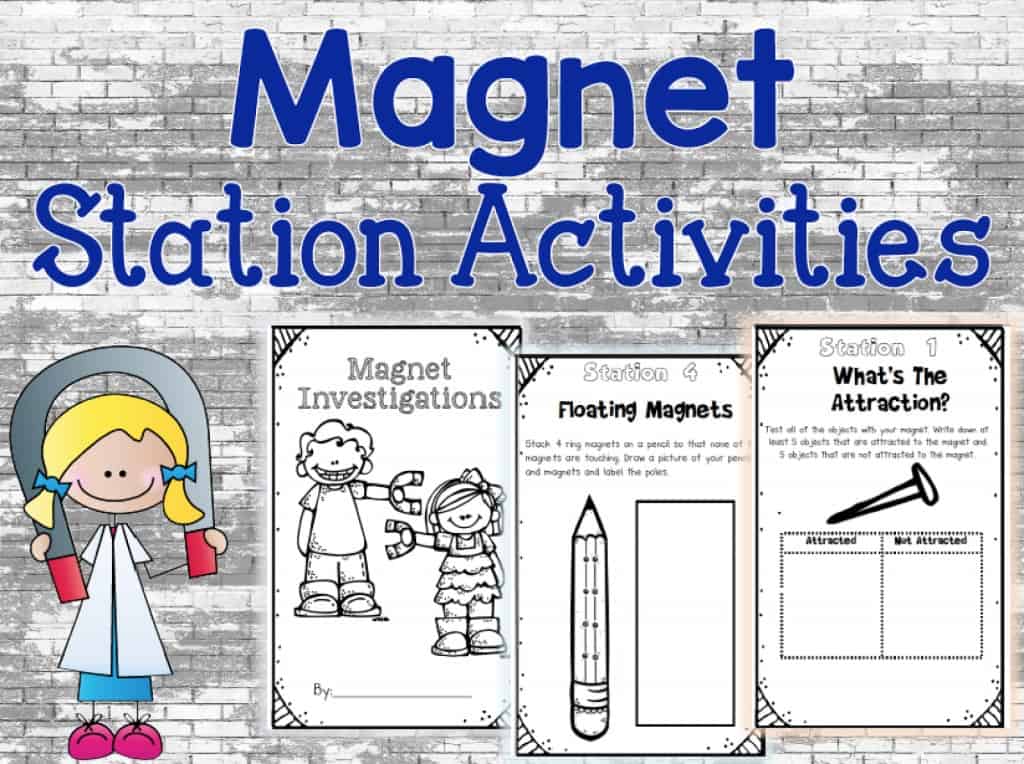
Wow! This is fantastic! This might just be my first TpT purchase! 🙂 I love how you’ve created meaningful activities to go with each topic!
I hope you love it!!!
Pingback: Draw And Label Food Chain - Shefalitayal